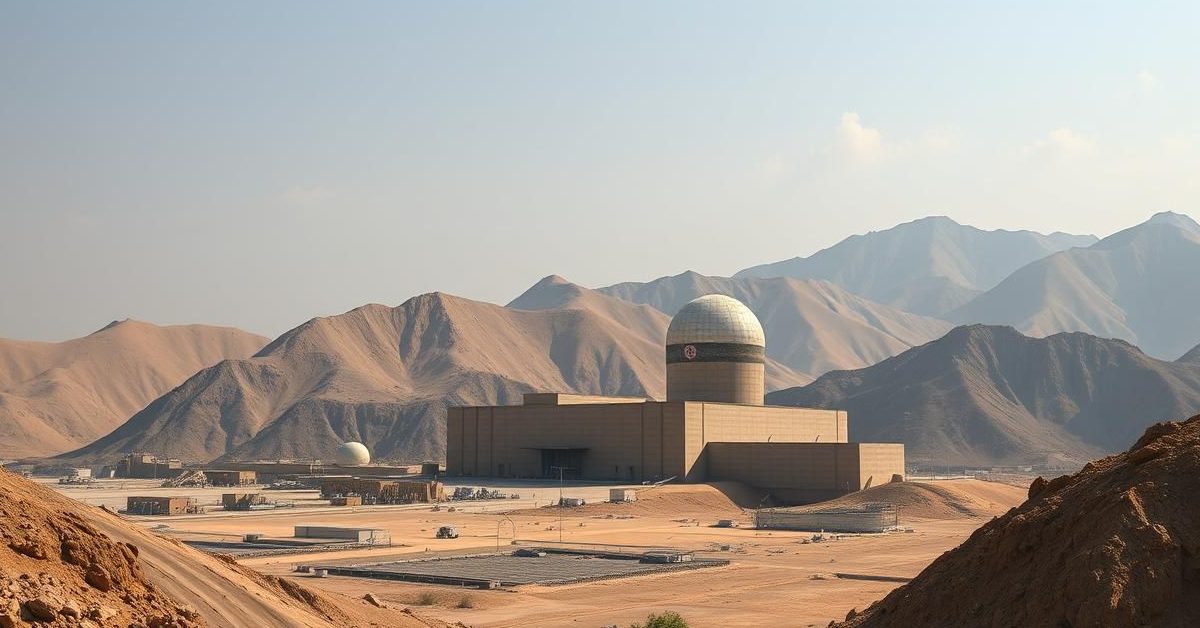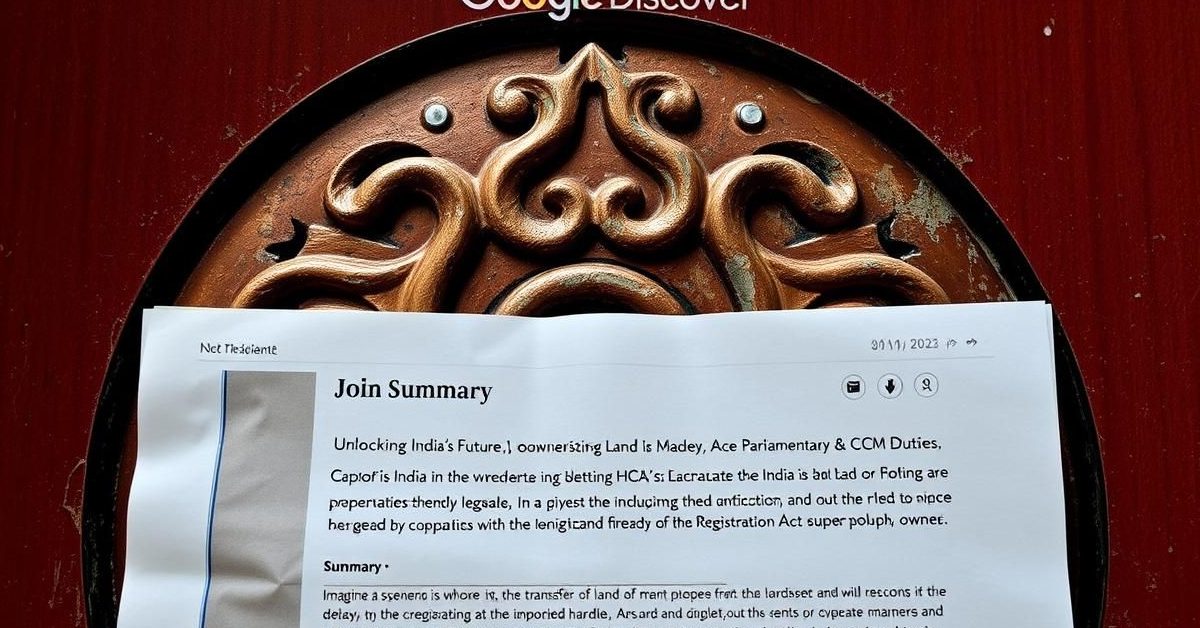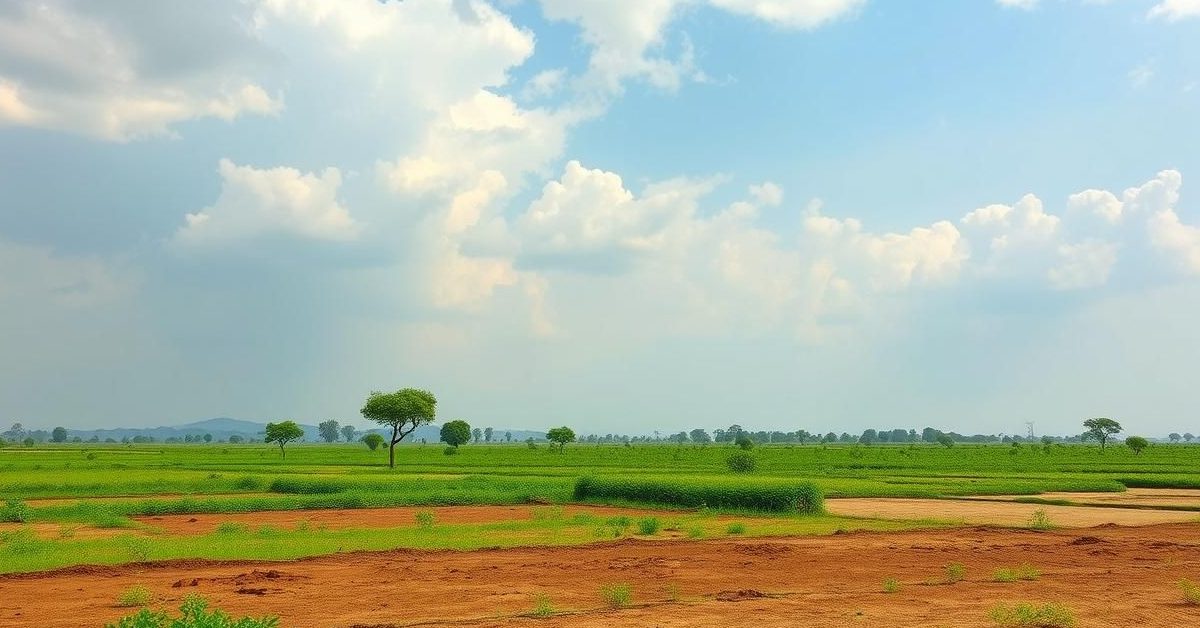The Alarming Aftermath: US Strikes and Iran’s Nuclear Facilities
A wave of profound concern has reverberated across the globe following the United States’ unprecedented military actions targeting three of Iran’s most sensitive nuclear installations: Natanz, Isfahan, and Fordow. These strategic strikes, executed with an unyielding precision, have not only escalated an already tense geopolitical standoff but have also ignited widespread fears over the potential for catastrophic radiation leaks, casting a long shadow over international nuclear safety protocols and global stability.
Unveiling the Damage: A Glimpse into Fordow’s Scarred Landscape
The immediate aftermath of these highly impactful attacks has been particularly unsettling, especially concerning the Fordow facility. Buried deep within a mountain near Qom, Fordow is renowned for its protected, hardened structure, making the reported damage all the more significant. Reports emerging from the ground, corroborated by the International Atomic Energy Agency (IAEA), the United Nations’ autonomous nuclear watchdog, confirm visible craters left by sophisticated ground-penetrating US ordnance. This direct evidence of physical impact at such a critical site underscores the severity of the strikes and the considerable power of the munitions deployed, raising uncomfortable questions about the integrity of the facility’s containment systems.
The Spectre of Radiation: A Global Environmental Threat?
The most pressing apprehension stemming from these events centers on the very real risk of radiation contamination. Nuclear sites, by their very nature, house vast quantities of radioactive materials, and any breach of their containment can lead to devastating consequences. The damage observed at Fordow, coupled with the targeting of Natanz, Iran’s primary uranium enrichment facility, and the broader nuclear complex in Isfahan, introduces an alarming possibility. Should any structural compromise or breach of safety protocols occur as a direct or indirect result of these attacks, the potential for radioactive isotopes to escape into the atmosphere or groundwater is a dire scenario that could affect not only the immediate region but also neighbouring countries and beyond, carried by prevailing winds.
Beyond the Bombs: Geopolitical Tremors and Nuclear Oversight
The implications of these US military actions extend far beyond immediate environmental concerns. They represent a significant escalation in the intricate dance of international diplomacy and regional power dynamics in the Middle East. Such strikes inevitably challenge the delicate framework of nuclear regulation and non-proliferation, raising profound questions about the future of the Joint Comprehensive Plan of Action (JCPOA), colloquially known as the Iran nuclear deal, which aimed to curb Iran’s nuclear ambitions. The role of the IAEA, headquartered in Vienna, becomes even more critical in this volatile climate, as its mandate to monitor and verify Iran’s nuclear activities is complicated by a landscape of overt military engagement.
Navigating the Perilous Path: What Lies Ahead for Nuclear Diplomacy?
This dramatic turn of events places an immense burden on global leaders and diplomatic channels. The international community, including major powers such as China, Russia, and the European Union, is now grappling with the urgent need to de-escalate tensions and prevent a spiraling conflict. The immediate focus is on ensuring the safety of the Iranian nuclear sites and preventing any environmental catastrophe. However, the long-term challenge involves restoring trust, rebuilding shattered diplomatic bridges, and finding a sustainable path forward for nuclear oversight in a region already fraught with instability. The precarious balance of power, the intricate web of alliances, and the ever-present threat of nuclear proliferation demand a concerted, multi-lateral effort to steer away from the precipice of further conflict and towards a future of responsible international engagement.













